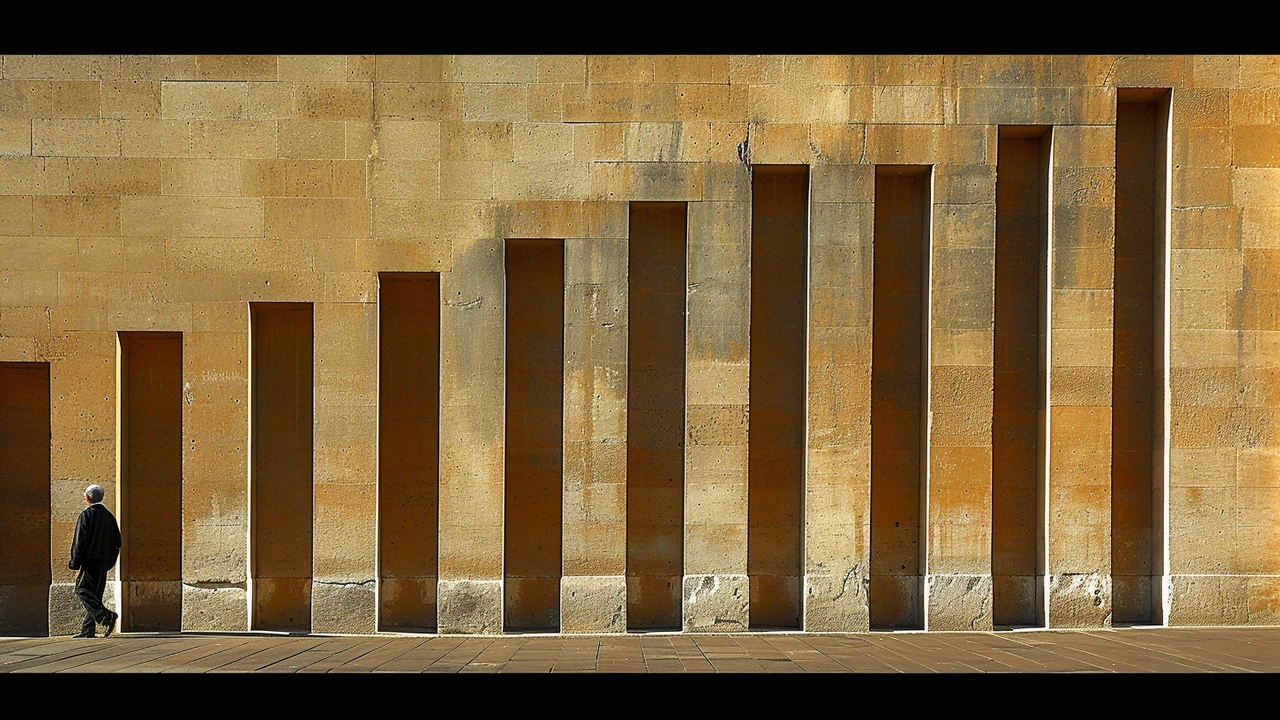Modern Classicism: Where Old Rules Meet New Moves
What if the drama of Baroque, the order of Neoclassicism, and the clean lines of Bauhaus could all sit in the same room without fighting? That’s modern classicism: artists and designers borrowing classical shapes, themes, or techniques, then updating them with modern materials, tech, or attitudes. It shows up as a painting that uses mythic subjects but painted like a street photograph, or a sofa with Grecian curves made from industrial steel.
How modern classicism shows up
Look for four quick signs. First, classical motifs—columns, drapery, myth—reworked with modern tools. Second, balance and proportion kept, but mixed with contemporary color or scale. Third, materials that never existed in the past (plastics, LED, digital prints) used to express classic forms. Fourth, a deliberate conversation between past and present—sometimes respectful, sometimes ironic.
Examples on this site make it clearer. Read “Baroque Revival: Bringing Classic Style into the Present” to see practical ways designers reuse Baroque drama in modern interiors. For how formal ideas meet modern life, check “Bauhaus Modernism: How Bauhaus Design Changed Art, Architecture, and Everyday Life” and “Bauhaus Design: How a German School Revolutionized Modern Style.” Both show how classic order and function became modern staples.
Why artists and designers choose it
Classic forms give instant emotional weight—history, authority, beauty. Pairing them with modern methods keeps work fresh and relatable. Some creators use the mix to critique tradition; others aim to comfort by blending familiar forms with new ideas. It works in public spaces too—see “Land Art’s Impact on Modern Urban Design” for how monumental, classical gestures anchor contemporary parks.
On the art side, modern classicism spans realistic genres like photorealism to more abstract moves. Look at “Photorealism Art: Techniques, Secrets & History” for craft that can make a classical subject feel immediate. For bold reworkings of ideology and form, pieces like “Constructivism Art’s Influence on Modern Culture” and “De Stijl's Impact on Graphic Design Evolution” show how structure from the past gets translated into modern visual language.
Want practical tips? If you’re decorating, pick one clear classical element—a column silhouette, a carved motif, or a dramatic chandelier—and set it against clean, modern furniture. In art, try reusing a classical subject (a portrait or myth) but paint it with modern palette and scale. Small edits keep things lively; too much copying becomes costume rather than conversation.
Curious where to read next? Start with posts that balance history and how-to: “Baroque Era: How It Shapes Modern Culture Today,” “Baroque Revival,” and the Bauhaus pieces. For boundary-pushing takes, try “Fluxus” and “Primitivism in Art,” which show how classic references get turned upside down.
Modern classicism isn’t about copying the past—it’s about making the past useful now. If you want fresh ideas that feel rooted but modern, this tag is a smart place to explore.

